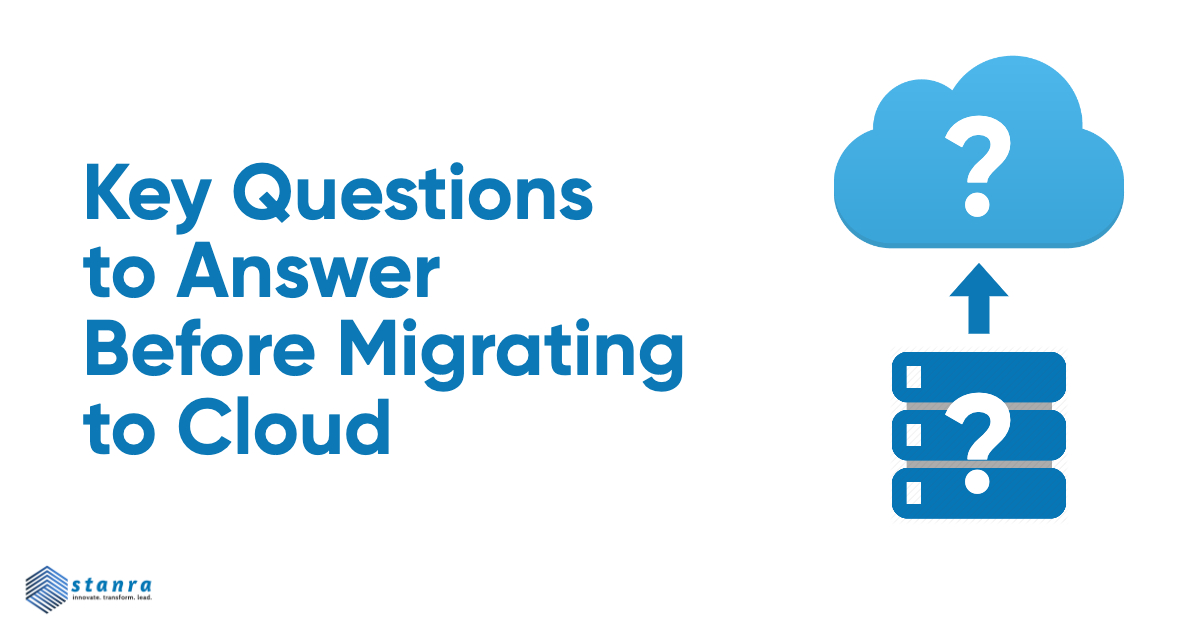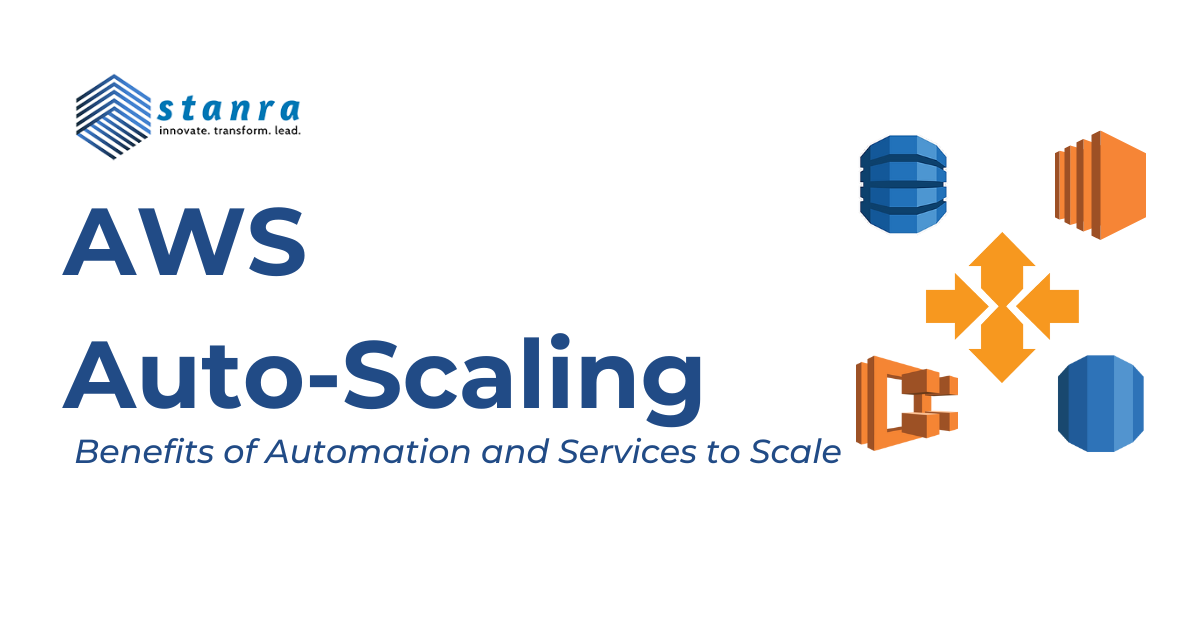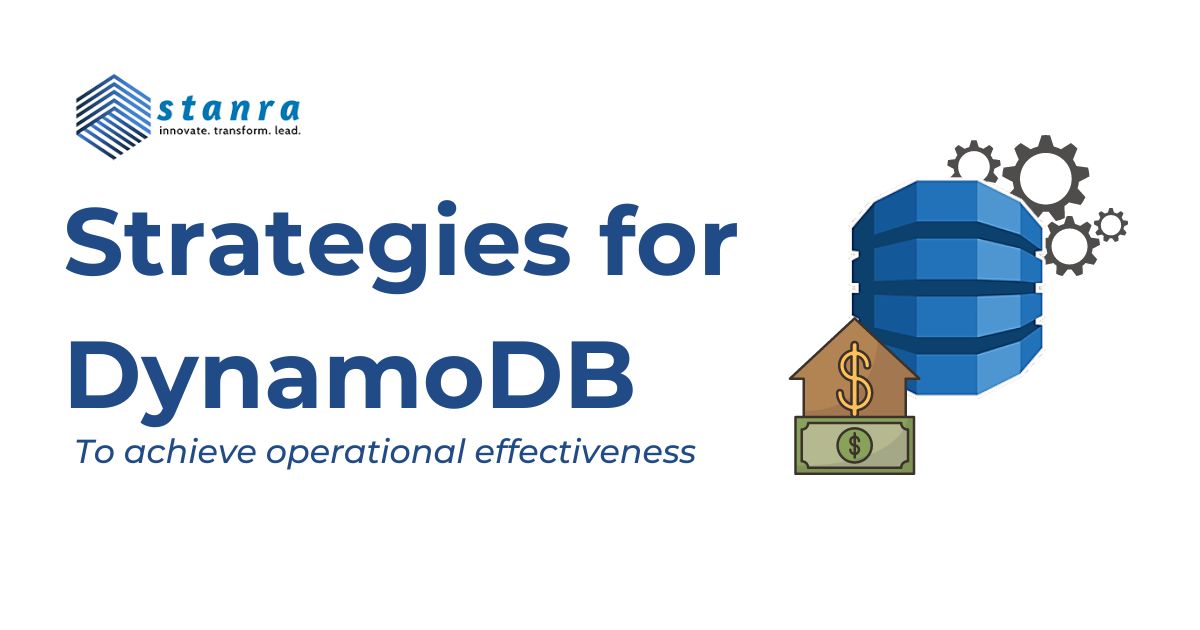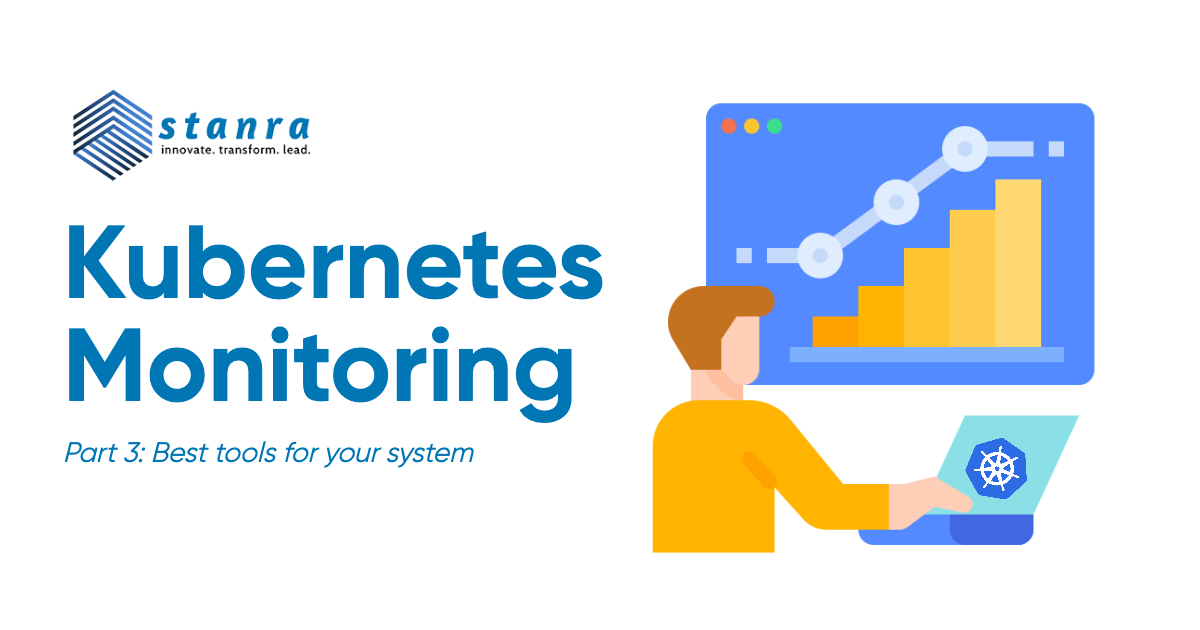Almost all of the predicted $1 Trillion value through cloud adoption comes from business innovation and optimization rather than the cost reduction in IT expenditure. Capturing this value requires a business to ask the right questions before the migration takes place and build an ever-evolving cloud transformation engine. We will look at these questions from both business and technical functions to establish harmony between them before guiding you through the considerations made in response to those questions.
1. What roles will leaders play in cloud-enabled business transformation and what behavioural changes are required for opportunities opened by cloud?
Moving the infrastructure or an application does not necessarily create value. Only when combined with a business perspective on leveraging the innovation, scalability and operational efficiency of cloud, can an organization derive meaning from this migration. Hence, the first and foremost consideration to make would be to ensure that there is tight integration with business leaders and that cloud-transition efforts drive real value to the business. Along with this, the decision-makers or business managers must be trained in how to use cloud through advanced training programs.
2. How to prioritize the migration approach and map the transition?
It is important to migrate entire domains, be it a complete product, service or function. The reason behind this is that it is hard to have much success when only some of the required systems and applications are on the cloud and a few are still on-premises. So, if you are thinking of just migrating some applications, do take into consideration the supporting players as well. First, start with migrating a single business domain and build a repeatable approach with the supporting skills that can be rolled out slowly to cover the whole organization.
3. Move an application and then optimize/Optimize and then migrate/Look for pre-existing cloud alternatives?
A company has many options but each one can be tricky in its own way. But it is important to ask this question before initializing your migration. Moving an application first to the cloud can leave it unoptimized and optimizing it first might never result in its migration to the cloud. Another option available is switching to a pre-existing cloud alternative but moving the entire application data can become tedious. It is best for the decision-makers to work this out and plan a process.
4. Can your existing operations support and drive value from cloud?
Evaluate how much change is needed across different parts of the organization. The scale, speed and flexibility that cloud offers can be difficult for traditional IT to sustain. Migrating to cloud will require changing how IT works with the business, to call it a success. You should consider hiring a few cloud experts to overlook IT functions.
5. What level of cloud services will the applications consume and what is the risk tolerance related to them?
Poorly managed services can lead to extra expenditure and even induce security risks from their underlying model. Choices about the level of automation and the type of cloud service (e.g., container, virtual machine, serverless) used can have a large impact on the investment required and forecasting your cloud bill. The complexity of cloud demands continuous evaluation and optimization. Teams responsible for migration should understand this factor and the risks associated with them in terms of security, compliance and vendor lock-in.
This list of questions is not exhaustive. Cloud offers immense value to any business that undergoes a transformation but at the same time, it is extremely complex. Consulting the right team or hiring cloud experts are worthy investments, considering that enterprises estimate 30% of their cloud expenditure as a waste. Connect with us at info@stanratech.com.







Leave A Comment